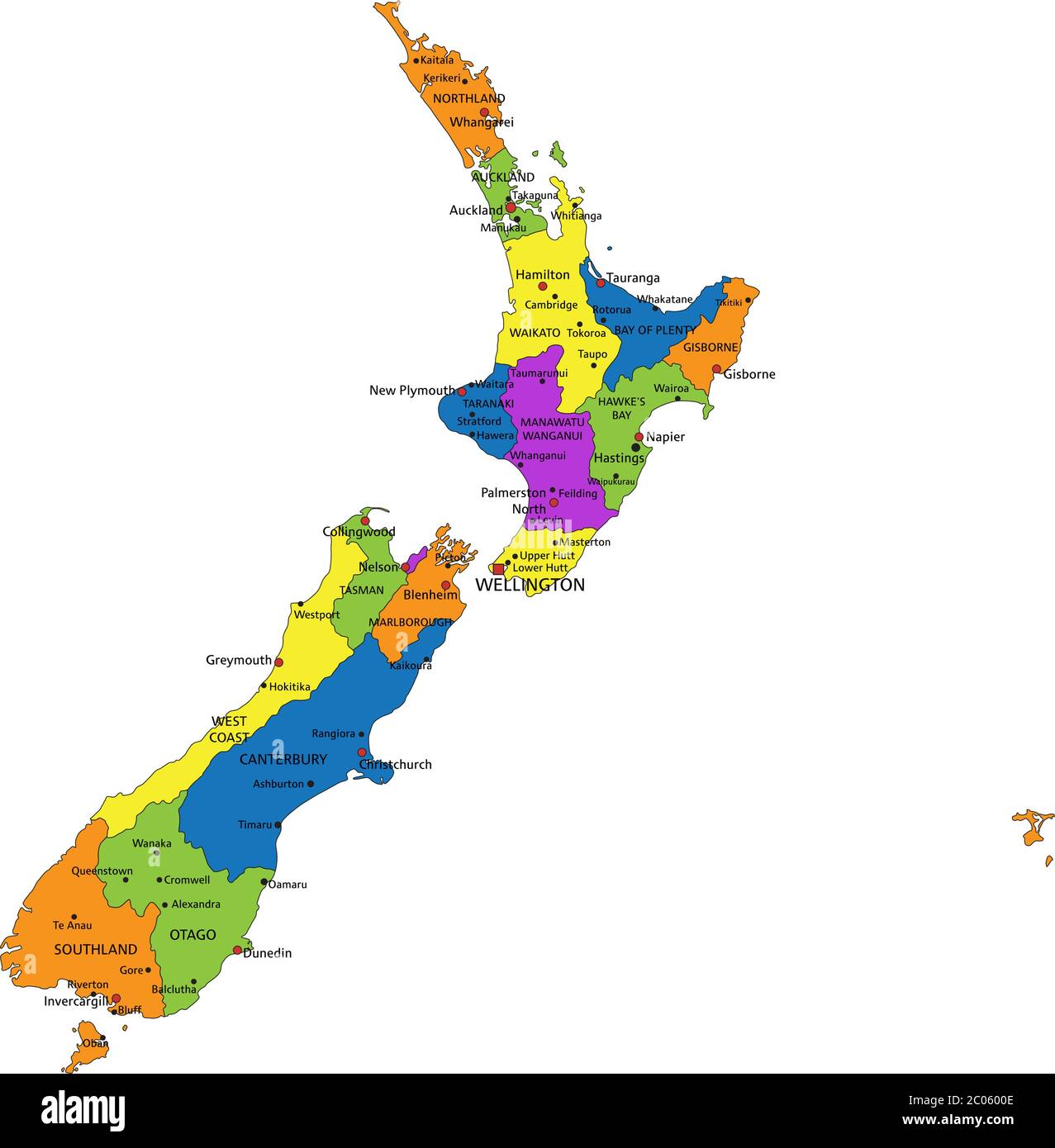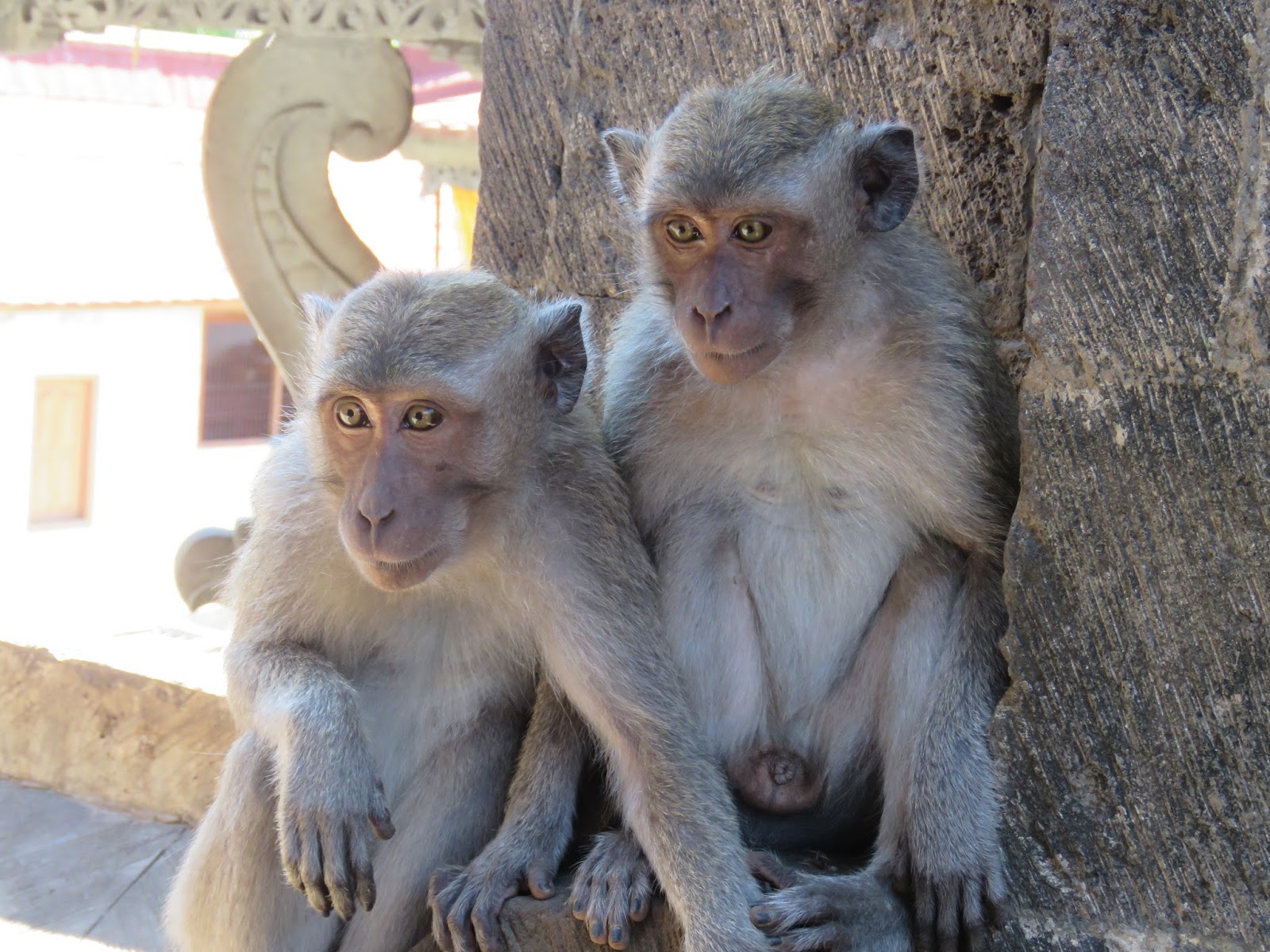
When people hear that we’re spending time in New Zealand, the reaction is almost always the same. Their eyes light up, and they say, “Oh, the South Island!” as if there is no other possible answer. In many minds, New Zealand is synonymous with snowcapped mountains, turquoise lakes, dramatic fjords, and cinematic landscapes made famous by films and travel brochures. And yes, the South Island is undeniably beautiful. But beauty, we’ve learned over years of long-term travel, is only one piece of the puzzle. Livability is another. And for us, at this stage of our lives, that quieter consideration matters more than ticking off iconic views.
New Zealand’s two main islands are strikingly different, not only in landscape but in temperament. The South Island feels grand, wild, and often untamed. Distances are long, towns are small and far apart, and much of the land feels designed for short-term awe rather than daily living. It is a place that invites road trips, hiking boots, and a sense of adventure that thrives on motion. The North Island, by contrast, feels softer and more lived-in. It rolls rather than towers. It hums rather than roars. Life here feels less like a spectacle and more like a manageable pace.
The climate alone makes a noticeable difference. The North Island is warmer, more temperate, and generally more forgiving year-round. Winters are milder, especially in coastal and northern regions, and daily life doesn’t grind to a halt with snow or icy roads. The South Island’s colder winters, particularly in inland and southern areas, can be beautiful. Still, they also come with real challenges such as heating costs, damp homes, and limited services in rural regions during the off-season.
Cost of living played an equally important role in our decision. While New Zealand is not overly inexpensive anywhere, the South Island, particularly popular areas like Queenstown, Wanaka, and parts of Christchurch, can be surprisingly costly. Housing prices and short-term rental rates are often inflated by tourism, and many services are priced accordingly. Groceries can be more expensive due to longer supply chains, and dining out often feels like a luxury rather than a casual pleasure. The North Island, especially outside of Auckland, offers more flexibility. There are more towns, more options, more competition, and that translates into slightly lower costs and better availability of everyday essentials.
Healthcare access was another deciding factor, one we no longer take lightly. The North Island has a higher concentration of hospitals, clinics, and specialists. For those living with ongoing health considerations, proximity matters. In the South Island, particularly in remote or scenic regions, medical care can mean long drives or limited availability. While that may be manageable for short stays, it’s less appealing for long-term living, where predictability and access bring peace of mind.
There’s also the matter of community. The North Island feels more populated, more diverse, and more connected. It has a balance of rural charm and urban convenience that suits a slower, steadier lifestyle. Markets, small cafés, local events, and everyday interactions feel woven into daily life rather than existing solely to serve visitors. The South Island often feels oriented toward those passing through, hikers, skiers, and photographers, rather than those settling in for a while, like us.
That doesn’t mean we don’t admire the South Island. We do. Deeply. It’s a place we would happily visit again, explore, and photograph. But living somewhere is different from admiring it. We’ve learned, sometimes the hard way, that the places that look most spectacular in photos are not always the easiest places to live well. Beauty can be demanding. It can require effort, endurance, and constant movement. Right now, we value ease. We value warmth, access, and the ability to settle into ordinary days without friction.
Choosing the North Island wasn’t about settling for less. It was about deciding what fits us best. After years of travel, we’ve become less interested in what’s “most desired” and more attuned to what’s most supportive. The North Island offers us a gentler pace, manageable costs, better access to what we need, and a sense of everyday livability that aligns with where we are now. And in the end, that quiet alignment feels far more luxurious than any even more dramatic view.
We are soon off for Whangarai to the supermarket. We’re both still under the weather and weak from days of much-needed rest, but we will do our best to get everything we need for the next few weeks.
Be well.
Photo from ten years ago today, December 22, 2015:








































